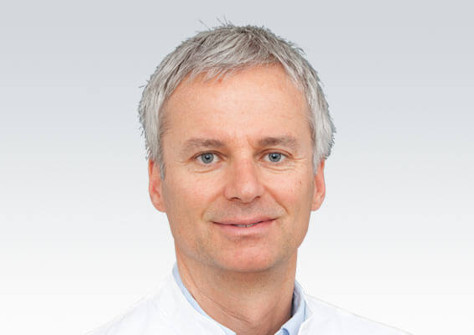Hip Arthroscopy
Hip Arthroscopy
Hip pain can manifest itself in multiple ways and the cause of such pain can also come from a variety of sources. Typical symptoms of hip injuries include dull or stabbing pain, either while idle or in motion. The minimally invasive procedures involved in a hip arthroscopy can help to diagnose and treat hip problems all at once.
Your advantages at OrthoCenter Munich
- Orthopedic treatment focus on spinetherapy
- Wide range of conservative and operative procedures
- Gentle procedures in focus: Dr. Riedel specializes in gentle pain therapy. He was head physician in various pain clinics for over 20 years
- Joints and surgical expert: Prof. Dr. Lill specializes in the treatment of joints. He has years of experience in the field of minimally invasiveand arthroscopic ops.
- Cooperation with clinics and research institutes worldwide
- Renowned private practice: the OrthoCenter is internationally known and repeatedly welcomes patients from abroad who come to Munich for treatment
Surgical treatment of hip injuries
The advantage of arthroscopic surgery in comparison to the classical method can best be seen in the treatment of the patients: small incisions, minimal scarring and a relatively fast healing time. Those are just some of the reasons to choose this type of treatment.
When arthroscopy required?
Arthroscopic hip surgery may be necessary in a number of different cases. The conditions on the following list may require a patient to undergo this type of surgery:
- Loose bodies in the joint
- Hip or labrum injuries
- Cartilage and joint damage in the hip
In each case, an extensive consultation should be carried out with your doctor. Your joint specialist will gladly consult with you personally and will make an individual recommendation as to the correct course of treatment for your case.
What happens during surgery?
Two small incisions will be made to offer an optimal view of the space between the femoral head and the acetabulum (hip socket), as well as other parts of the joint. A tiny camera is then inserted through the incision, which transmits images back to a large monitor in the operating room. This allows the surgeon to have a very clear and up-close view of the hip. Hip surgery is generally conducted with the patient under general anaesthesia, as traction must be applied to the leg and this could be very uncomfortable if the patient was awake.

Your arthroscopy specialist Prof. Dr. Lill
YOUR EXPERT FOR HIP ARTHROSCOPY
Are you contemplating a hip arthroscopy? Then contact Professor Lill today to schedule an appointment with him!










